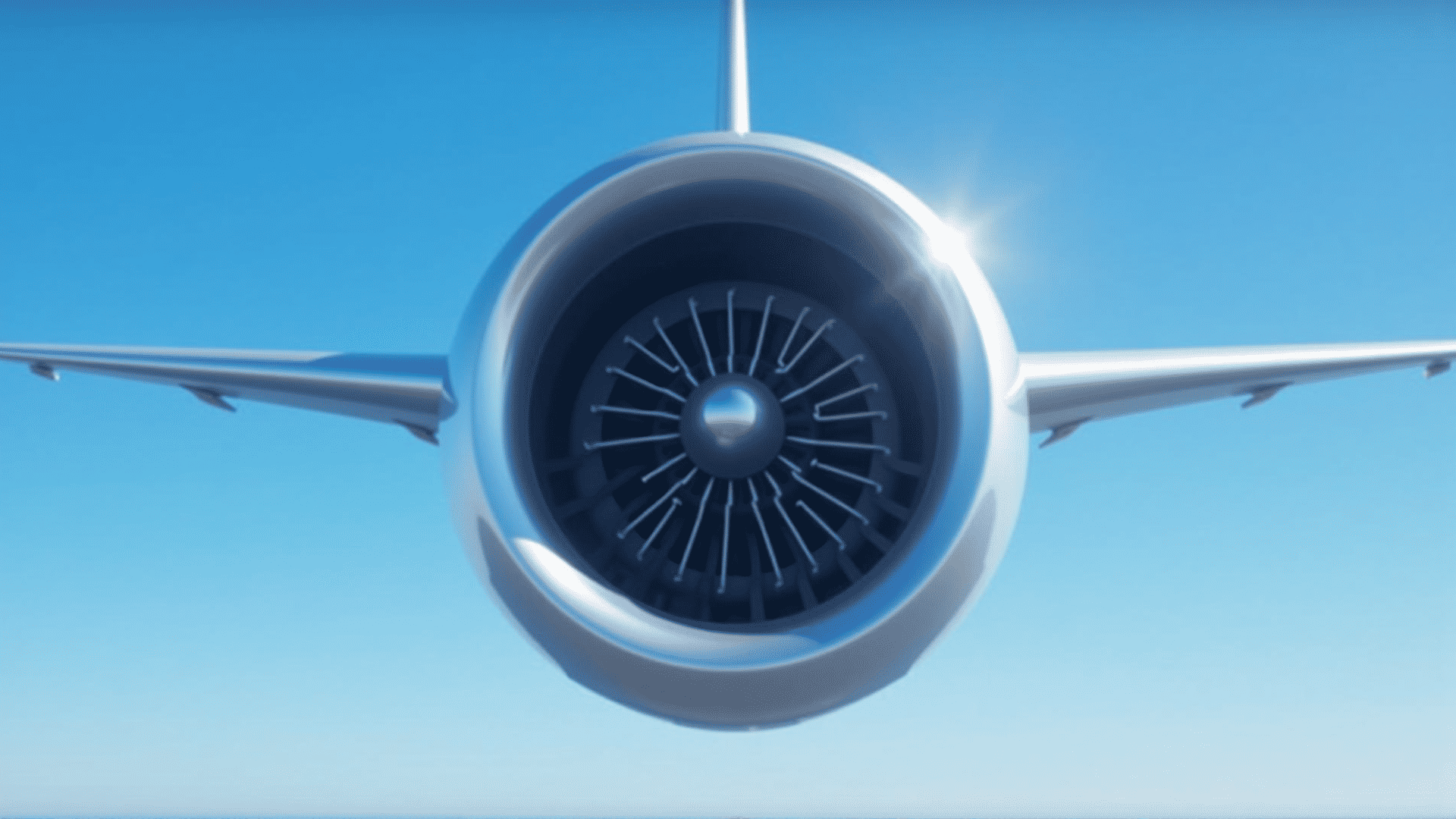In recent years, the aviation industry has experienced a wave of innovation aimed at enhancing flight efficiency and passenger comfort while also addressing environmental concerns. These cutting-edge technologies in aircraft design are transforming the way we travel in the sky, promising a future where air travel is not only faster and more comfortable but also sustainable.
One of the most significant advancements in aircraft design is the development of eco-friendly engines. The push towards sustainability has led to the creation of engines that produce fewer emissions and consume less fuel. For instance, turbofan engines now feature advanced turbine blades and high-bypass ratios, which improve fuel efficiency and reduce carbon emissions. Companies like Rolls-Royce and GE Aviation are at the forefront of developing engines that are quieter and more environmentally friendly, paving the way for a greener aviation future.
Another pivotal innovation is the integration of electric and hybrid propulsion systems. These alternative power sources combine traditional jet engines with electric motors to reduce fuel consumption and noise pollution, particularly during take-off and landing. Notable projects in this realm include Airbus’s E-Fan X and Boeing’s collaboration with NASA on hybrid-electric aircraft. Although the widespread adoption of fully electric commercial flights is still years away, these hybrid models serve as crucial stepping stones.
Streamlined aerodynamics plays a crucial role in enhancing flight efficiency. Aircraft designers are employing advanced computational fluid dynamics and wind tunnel testing to create sleeker, more aerodynamic airframes. Innovations such as composite materials, including carbon-fiber-reinforced polymers, allow for the construction of lighter yet robust airframes. These materials not only reduce the aircraft’s weight but also contribute to improved fuel efficiency and lower operational costs.
Wing design is also undergoing critical improvements. Adaptive and morphing wings, which can change shape during flight, are being tested to optimize lift and drag according to flight conditions. This technology, inspired by bird flight, could lead to significant fuel savings and improved overall performance. Additionally, advanced winglet designs curtail drag, boosting fuel efficiency further and extending an aircraft's range.
Passenger comfort is not overlooked in the wave of innovations. Modern aircraft interiors are being reimagined with an emphasis on space, lighting, and technology. Cabin layouts now prioritize personal space and connectivity, with mood lighting that reduces jet lag and smart seating that offers individualized climate control, entertainment, and more ergonomic designs. The use of augmented reality and connectivity throughout the cabin additionally enhances the passenger experience, providing a seamless, enjoyable journey.
Furthermore, in-flight connectivity and smart technologies are redefining how passengers interact with the cabin environment. With the advent of high-speed Wi-Fi and Bluetooth connectivity, passengers can stay connected or work remotely during their flights. Intelligent systems also allow for personalized services, from customized in-flight entertainment options to real-time health monitoring.
Safety innovations have also progressed hand-in-hand with these design improvements. Enhanced avionics systems offer greater automation and decision-making support for pilots, while modern materials and designs improve crashworthiness and evacuation procedures.
In conclusion, the trajectory of aircraft design converges on making air travel more sustainable, efficient, and enjoyable. With continuous advancements in eco-friendly engines, aerodynamic designs, and passenger-centric technologies, the future of aviation is poised to embrace a new era of flight that meets the demands of both passengers and the planet. As these innovations continue to evolve and mature, they will undoubtedly redefine the aviation landscape, transforming not only how we journey across the skies but also how we relate to our environment.
